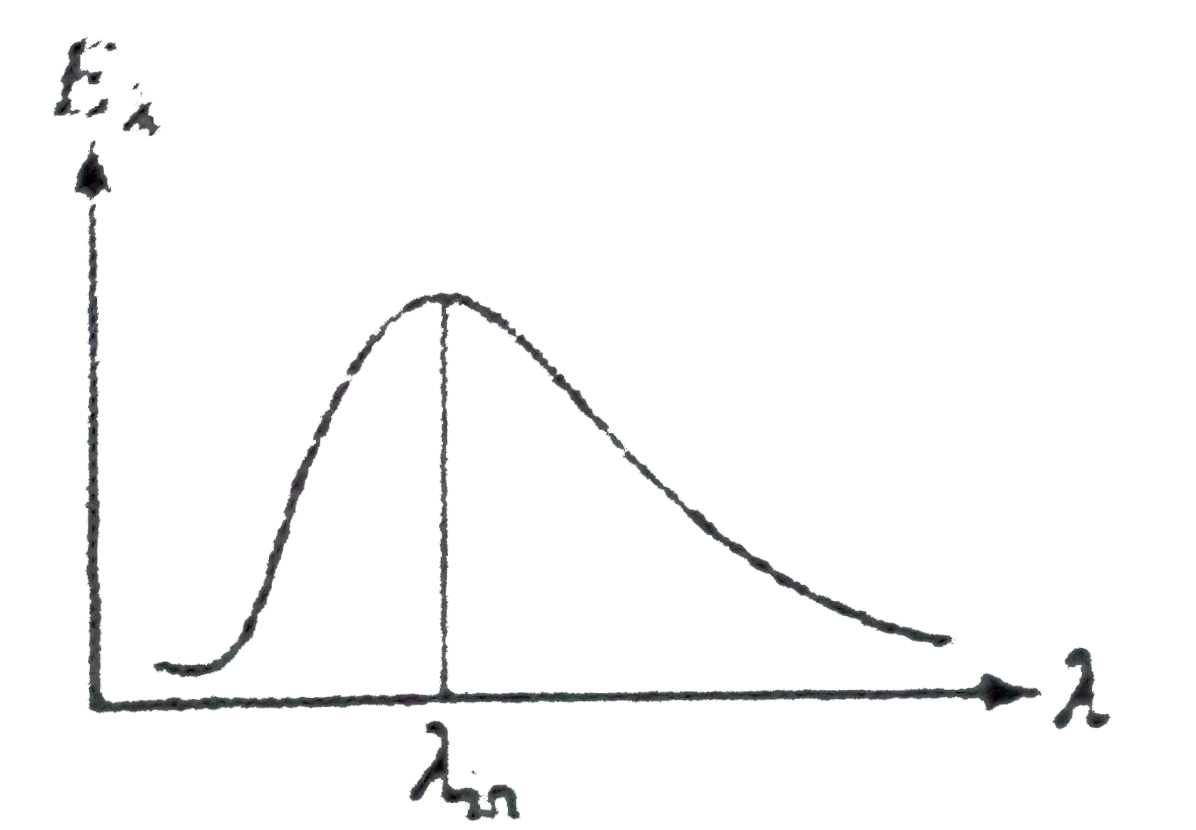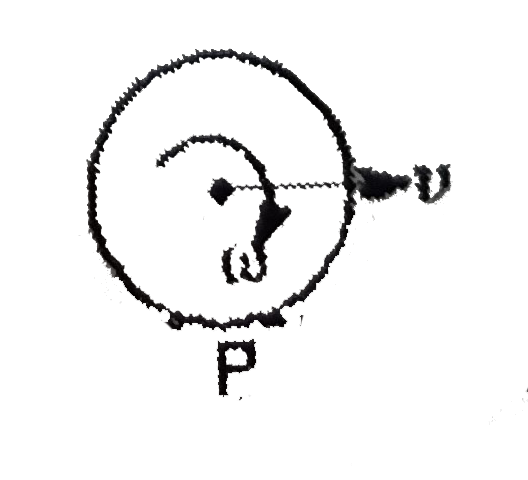A spherical black body of radius n radiates power p and its rate of cooling is R. then.
a only true
both band c are true
a and c are true
b only true
The correct Answer is:B
Step by step video solution for A spherical black body of radius n radiates power p and its rate of cooling is R. then. by Physics experts to help you in doubts & scoring excellent marks in Class 11 exams.
Updated on:21/07/2023Similar Questions
A spherical solid blakc body of radius 'r' radiates power 'H' and its rate of cooling is 'C'. If density is constant then which of the following is/are true.
View SolutionA spherical black body with radius 12 cm radiates 450 w power at 500 K. If the radius is halved and the temperature doubled, the power radiated in watts would be
View SolutionA spherical black body with radius 12 cm radiates 640 w power at 500 K. If the radius is halved and the temperature doubled, the power radiated in watts would be
View SolutionA spherical black body with a radius of 12 cm radiates 450 watt power at 500 K. If the radius were halved and the temperature doubled, the power radiated in watt would be
View SolutionA spherical black body with a radius of 12 cm radiates 450 W power at 500 K. If the radius were halved and the temperature doubled, the power radiated in watt would be
(a)225 (b)450
(c) 900 (d)1800
View SolutionThe radiations emitted by the sun are analyzeed and the spectral energy distribution curve is plotted. as shown. The radius of the sun is R, the earth is situated a distance 'd' from the sun. Treat the sun as perfectly black body which radiates power at constant rate fill till its store of hydrogen gets exhausted. (Stefan's constant =σ, Wien's constant =b, speed of light =c)

If the earth is at a distance 'd' from the sun the intensity of light falling on the earth (called solar constant S) is
View SolutionA spherical body of radius 10cm radiates 300W at 227°C. If the radius is doubled and temperature is remain same, the power radiated will be
View SolutionA spherical body of radius R consists of a fluid of constant density and is in equilibrium under its own gravity. If P(r) is the pressure at r (r < R), then the correct option(s) is (are)
View SolutionA spherical body of radius R rolls on a horizontal surface with linear velociltly v. Let L1 and L2 be the magnitudes of angular momenta of the body about centre of mass and point of contact P. Then:

View SolutionThe temperature at which a black body of unit area loses its energy at the rate of 1 joule/second is
View Solution